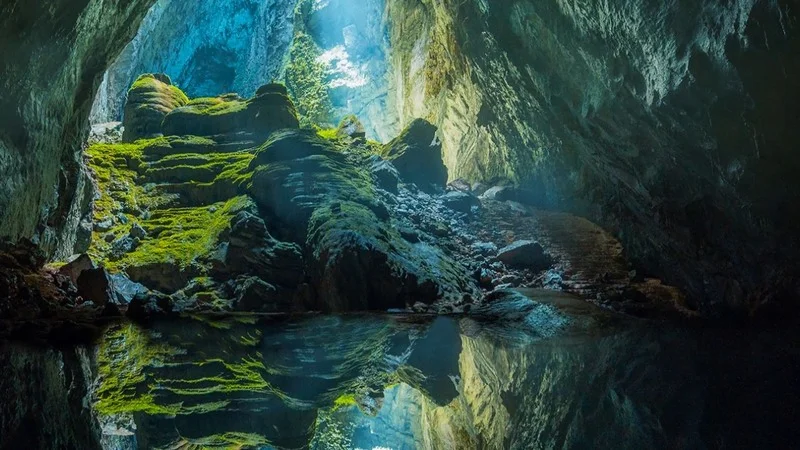
With the complex geographic structure formed hundreds of millions of years ago, Phong Nha Ke Bang National Park became a popular adventure destination in Vietnam. In this article, Pu Luong Excursion will share tips for you to enjoy the best trip to this natural wonder.
The biodiversity of Phong Nha – Ke Bang national park
Phong Nha – Ke Bang National Park in Vietnam is home to primeval forest on limestone mountains, where a variety of animals and plants from three regions converge. Park is considered as the highest biological diversity place in Vietnam with six ecosystem types (river ecosystem groundwater, lake ecosystems, forest ecosystems on limestone, ravine ecosystem, montane forest ecosystems land and ecosystems caves).
About flora, Phong Nha – Ke Bang national park has nearly 2681 species of higher plants, 208 orchid species including many rare species listed in the Red Book of Vietnam and IUCN. There are 8 types of vegetation including the largest primeval forest remaining in Vietnam – Bach Xanh forest.
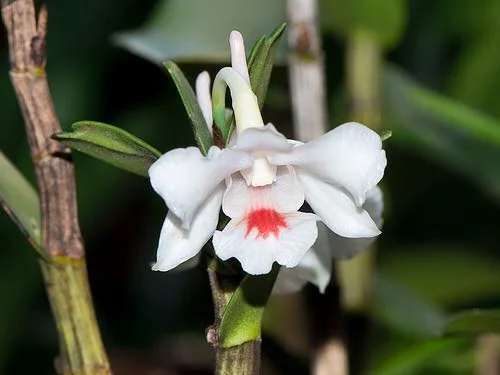
A orchid specie in Phong Nha Ke Bang national park
About fauna, Phong Nha – Ke Bang national park has total of 823 species including:
- Animals: 154 species belonging to 90 breeds, 32 households, 11 sets.
- Fish: 215 species belonging to 108 varieties, 38 families, 10 sets.
- Birds: 303 species belonging to 166 varieties, 55 families, 15 sets.
- Amphibians: 51 species, belonging to 27 breeds, 8 families, 2 sets.
- Reptiles: 100 species, belonging to 67 breeds, 17 families, 2 sets.
Phong Nha – Ke Bang National Park is also home to many new species discovered by science in the late twentieth and early twenty-first centuries (15 species of reptiles, 10 species Chinh, 05 species arachnid attached and 3 species of amphibians).
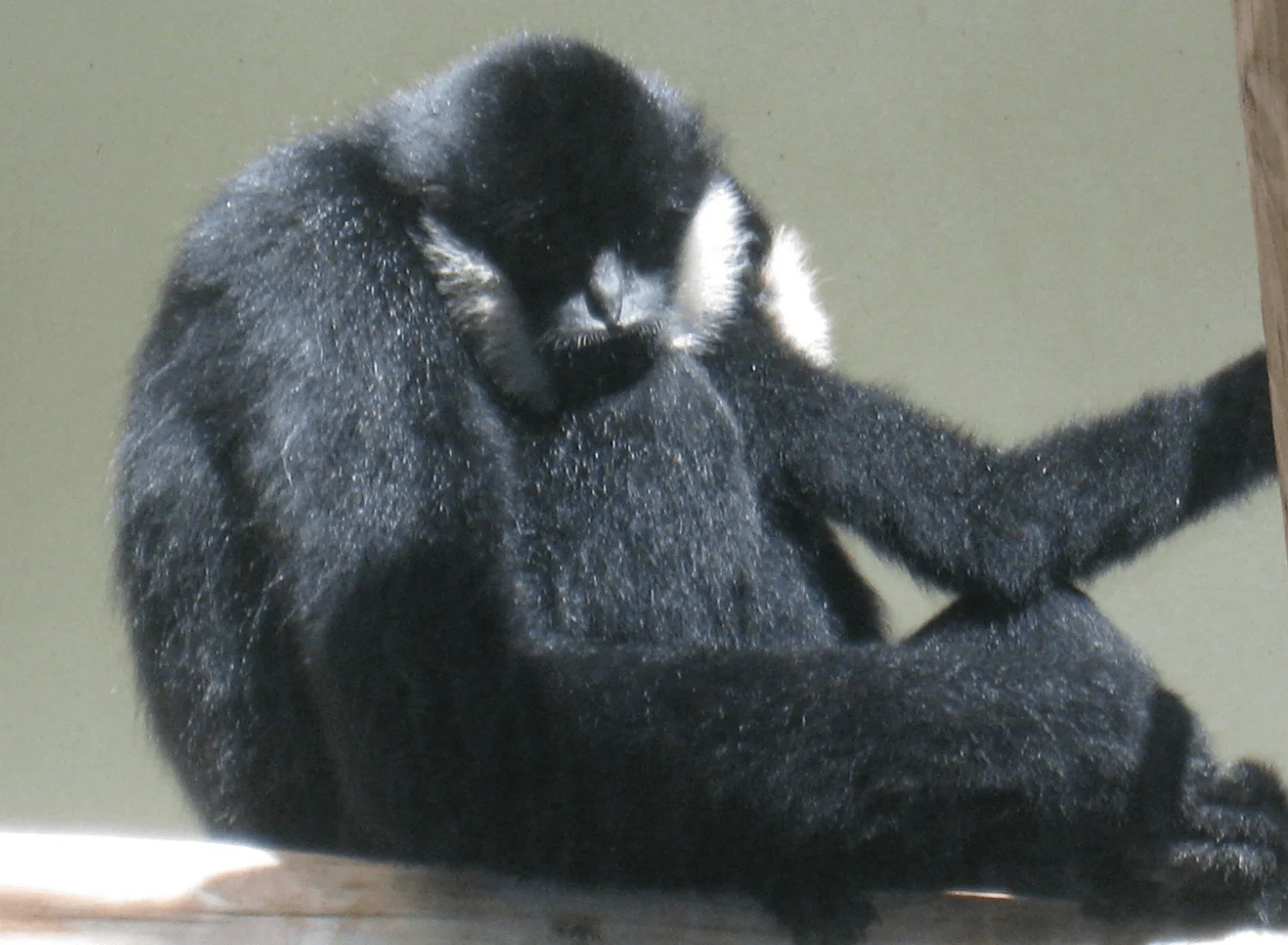
White cheeked gibbon in Phong Nha – Ke Bang National Park
Currently, Phong Nha – Ke Bang is recognized by UNESCO as a World Natural Heritage for the second time on biodiversity criteria as well as its potential value.
What to do in Phong Nha – Ke Bang national park
Exploring the caves in Phong Nha – Ke Bang national park
Phong Nha Ke Bang National Park, which stretches over 2,000 km2 of limestone, is home to an impressive number of rock cavities and caves. By boat or on foot, you can visit some of these beautiful caves such as the Phong Nha cave, the Paradise cave, etc. It’s worth noting that many caves of Phong Nha national park are inaccessible during the rainy season (October to December), so try to visit at another time of year.
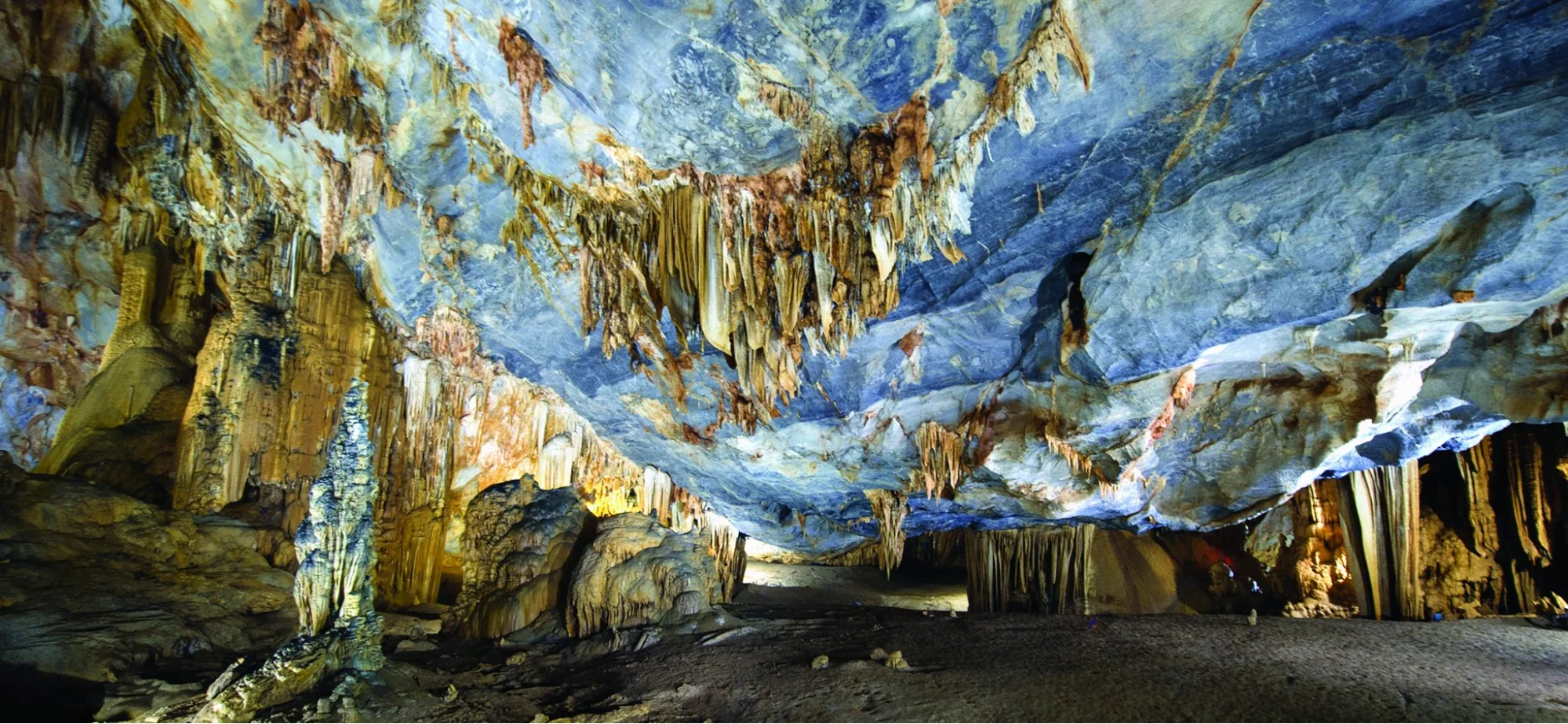
Paradise cave in Phong Nha Ke Bang national park
Read more:Pu luong day trip
Biking in the countryside
The Phong Nha countryside offers excellent landscapes of rice paddies spreading out at the foot of the limestone formations. You will appreciate cycling through the countryside to find the small, peaceful hamlets, then taking in local life.
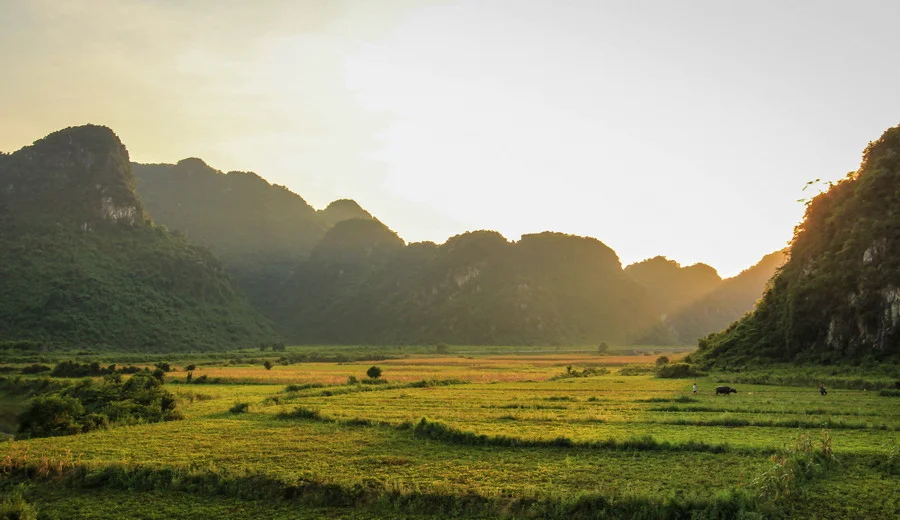
Sunrise in Phong Nha Ke Bang national park
Must see: A picturesque Pu Luong
Kayaking explore Phong Nha Ke Bang National Park
Phong Nha National Park is surrounded by numerous waterways and streams. By kayak, you can travel up the Chay River to the primary forest and explore underground rivers as well as amazing geological caves. This non-polluting activity lets you see majestic nature from a singular and uncommon perspective.
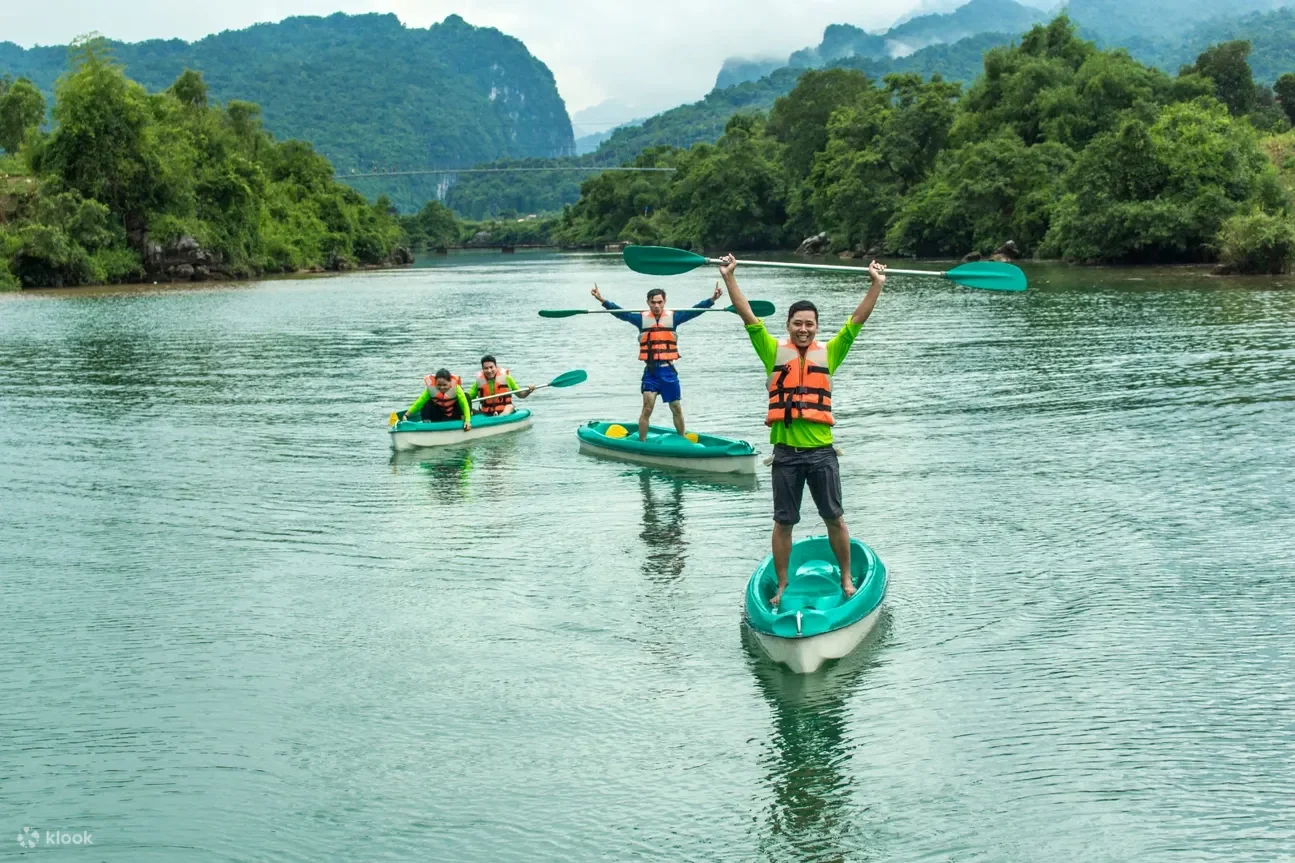
Kayak in Phong Nha Ke Bang national park
Walking and hiking discover Phong Nha Ke Bang National Park
Phong Nha National Park is ideal for hiking due to its natural tropical forest and high biodiversity. It’s a fantastic opportunity to learn about one of Vietnam’s most diverse bio-systems. You can trek for one or more days and nights to discover more remote caves. According to trekking’s experience, the best hiking and cycling routes pass through rivers and streams. So bring appropriate footwear and don’t be scared to get your feet wet.

Walking in Phong Nha Ke Bang national park
Exploring: Pu Luong – Wonderful nature of High mountains in North Vietnam
Playing the zip-line
This is an activity of Phong Nha Ke Bang national park that will please fans of thrills. A zip-line crosses the Chay River and Toi Cave (Black Cave) and you can jump into the river for a cool swim. This is a unique way to experience the wonders of National Park that is suitable for all ages.
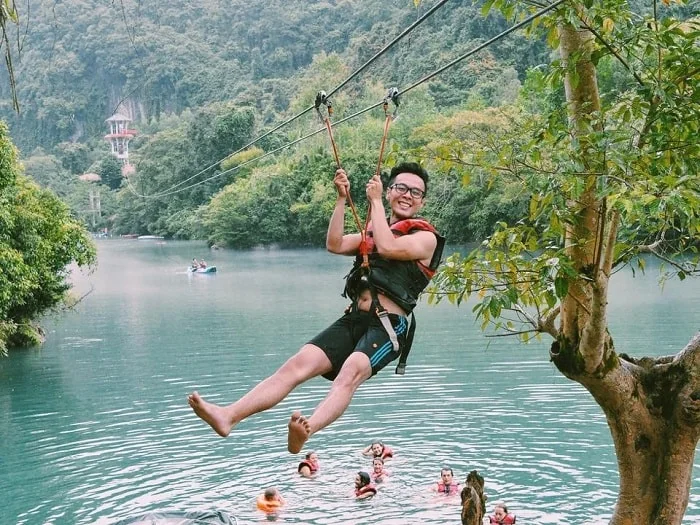
Zipline in Phong Nha – Ke Bang National Park
Visit Son Doong cave – Outstanding spot of Phong Nha Ke Bang national park
Son Doong cave located inside Phong Nha – Ke Bang National Park, Quang Binh province, Vietnam. This is one of the most beautiful natural caves in the world, as well as the largest ever discovered. It was found by a local man in 1991 and only became internationally known after the British Cave Research Association began exploration.

Son Doong cave in Phong Nha Ke Bang national park
Read more: Pu Luong Nature Reserve
Son Doong is a 9-kilometer-long, 200-meter-wide, and 150-meter-deep natural masterpiece in Vietnam. In the cave, the explorers discover a primeval forest vegetation with extremely rich and varied beauty that can overwhelm any traveler.
Great combination of water and limestone rocks created strange shapes, Son Doong cave in particular and Phong Nha Ke Bang national park in general attracts many tourists from all over the world.
This guide covers all the information you need to know before traveling to Phong Nha Ke Bang national park. Enjoy your great trip.
Must see: Pu Luong Nature Reserve- A hidden paradise in Thanh Hoa

